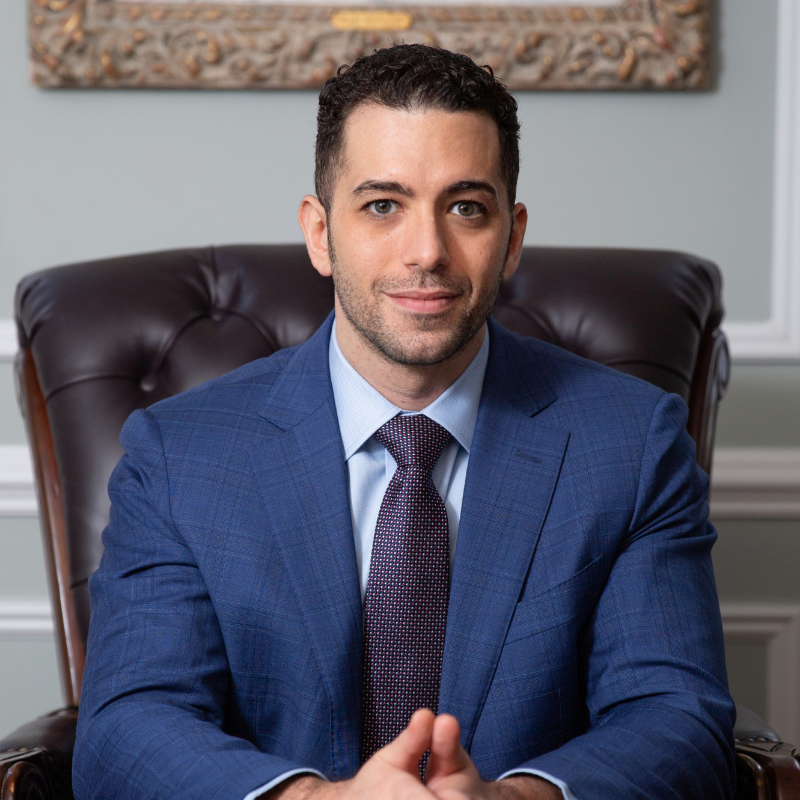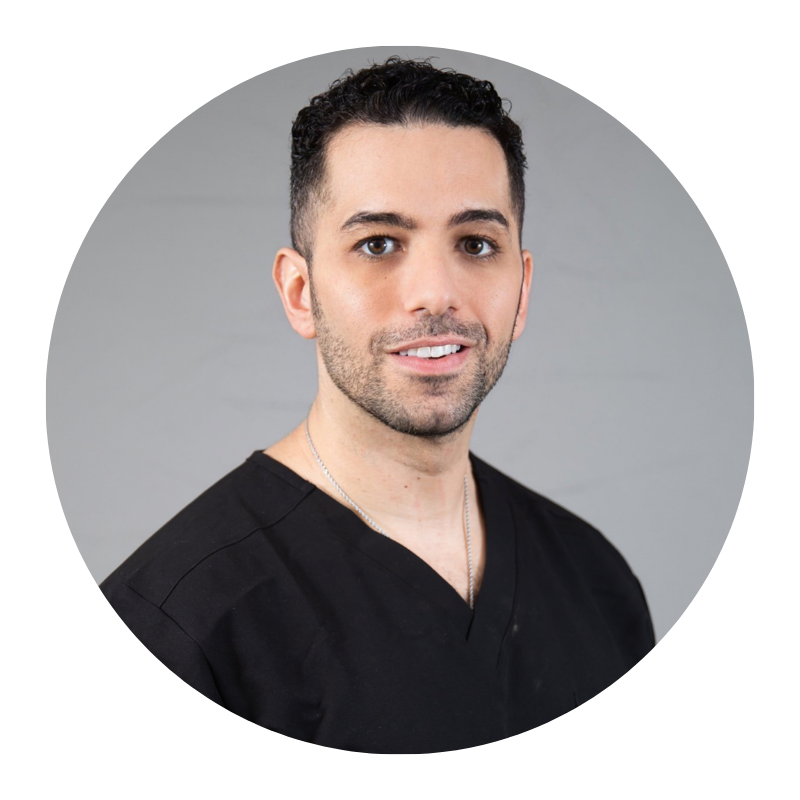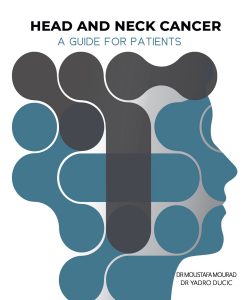In recent years, the quest for a more youthful appearance has led to an increasing trend in facial enhancements. Among the various cosmetic treatments available, cheek fillers have gained popularity for their ability to restore volume, contour facial features, and reduce the signs of aging. However, the improper use of fillers can result in undesired outcomes such as chipmunk cheeks and pillow face. This comprehensive guide aims to explore the growing trend of cheek enhancement, the mechanics of cheek fillers, potential risks, and complications, as well as how to recognize and avoid chipmunk cheeks and pilllow face.
The Growing Trend of Cheek Enhancement
The desire for a youthful appearance has led many individuals to seek cosmetic treatments that enhance their facial features. Cheek enhancement, often achieved through dermal fillers, has become increasingly popular. This trend can be attributed to the desire for subtle enhancements, natural contours, and the restoration of facial volume lost due to aging.
Celebrities like Kylie Jenner and Nicole Kidman, who openly discuss their cosmetic procedures, have contributed to the normalization of facial enhancements. The prevalence of body dysmorphic disorder is a concerning aspect associated with the increasing trend, emphasizing the importance of realistic expectations and the need for qualified practitioners.
Learn more about cheek filler procedures
How Cheek Fillers Work: An Overview
Cheek fillers, a type of dermal filler, work by injecting a substance into the skin to add volume and reduce the appearance of wrinkles. Among the various types of fillers available, hyaluronic acid fillers are commonly used for cheek enhancement. These injectable fillers provide a natural appearance by mimicking the hyaluronic acid found in the body, promoting hydration and firmness.
During the procedure, a skilled injector strategically places the filler to restore facial volume, focusing on areas like the cheeks, tear troughs, and nasolabial folds. The goal is to achieve facial proportions that complement the individual’s bone structure and enhance their aesthetic features.
Preparing for Your Cheek Filler Treatment
Proper preparation is key to achieving successful cheek filler outcomes. Before the procedure, individuals should schedule a consultation with their chosen practitioner. During this consultation, the practitioner will assess the individual’s facial anatomy, discuss the desired outcomes, and formulate a treatment plan.
It’s essential to disclose any medical conditions, medications, or allergies during this consultation. Hydration levels also play a role in the success of filler treatments, so maintaining adequate hydration is recommended. Additionally, avoiding blood-thinning medications and alcohol in the days leading up to the procedure can minimize the risk of bruising.
Regular Top-Ups and Maintenance
Cheek filler treatments are not permanent, and regular top-ups may be necessary to maintain the desired appearance. The frequency of top-ups depends on the type of filler used, individual metabolism, and lifestyle factors. Following the practitioner’s recommendations for maintenance is crucial to prevent the accumulation of filler and maintain a natural-looking outcome. Individuals should communicate openly with their practitioners about their satisfaction with the results and any concerns about the longevity of the filler. Adjustments to the treatment plan can be made to ensure continued satisfaction.
Potential Risks and Complications of Cheek Fillers
- Excessive Filler Injection: Overfilling the cheeks can lead to chipmunk cheeks or pillow face, resulting in an unnatural and disproportionate appearance.
- Filler Migration: Fillers may move from the injected area to unintended locations, causing asymmetry or undesired effects.
- Allergic Reactions: Some individuals may experience allergic reactions to the filler substance, leading to redness, swelling, or itching at the injection site.
Overdone Cheek Fillers: Causes and Consequences
Overdone cheek fillers occur when excessive amounts of filler are injected, resulting in an unnatural and disproportionate appearance. This may lead to bloated or pillow cheeks, causing distress for the individual. The causes of overdone cheek fillers can range from inexperienced practitioners to unrealistic expectations.
To avoid overdone cheek fillers, individuals should seek treatment from experienced and skilled injectors. Practitioners with a comprehensive understanding of facial anatomy and aesthetic sensibilities can deliver results that enhance natural beauty without compromising facial proportions.
How to Recognize Chipmunk Cheeks and Pillow Face
Chipmunk cheeks and pillow face are terms used to describe the unintended consequences of excessive cheek filler. Recognizing these outcomes is crucial for individuals considering or undergoing cheek filler treatments. Signs of overdone fillers include a bloated appearance, loss of natural contours, and an unnatural elevation of the cheeks.
To avoid these issues, individuals should communicate openly with their practitioners, expressing their aesthetic preferences and ensuring realistic expectations. Expert injectors will prioritize a natural appearance, making subtle enhancements that harmonize with the individual’s facial features.
How much are Sculptra injectables in NYC?
How To Avoid Chipmunk Cheeks and Pillow Face
1. Choose an Experienced and Qualified Practitioner
Selecting a board-certified cosmetic doctor or facial plastic surgeon with expertise in dermal filler injections is crucial to avoid chipmunk cheeks and pillow face. Experienced practitioners, such as Dr. Mourad understand facial anatomy, proportions, and the appropriate amount of filler needed for natural-looking results. They can customize treatments to address specific concerns like wrinkles, lines, and facial volume loss, ensuring a balanced and harmonious enhancement.
2. Prioritize a Conservative Approach and Gradual Augmentation
Opting for a conservative approach with gradual augmentation helps prevent overcorrection and the excessive use of filler. A skilled practitioner will prioritize subtle enhancements, gradually building up the treatment over multiple sessions. This approach allows for careful assessment of how the filler settles and ensures that the final result aligns with the patient’s aesthetic goals without the risk of a puffy or overdone appearance.
3. Communicate Openly About Desired Outcomes
Clear communication between the individual and the practitioner is essential to avoid misunderstandings and achieve the desired outcomes. Patients should openly discuss their aesthetic goals, emphasizing a natural-looking result. This collaborative approach helps practitioners tailor the treatment plan to the patient’s preferences, addressing concerns like facial volume loss, wrinkles, and lines while maintaining facial proportions.
4. Consider Alternative Treatments and Combinations
To avoid relying solely on dermal fillers, individuals can explore alternative treatments and combinations that address specific concerns. Anti-wrinkle injections, Botox, and facial fillers can be used in conjunction to achieve comprehensive facial rejuvenation. A holistic approach, considering multiple aesthetic treatments, allows for a more nuanced enhancement without excessive reliance on a single type or amount of filler.
5. Regularly Assess and Adjust Treatment Plans
Continuous evaluation and adjustment of the treatment plan contribute to long-term success in avoiding chipmunk cheeks and pillow face. Regular follow-ups with the practitioner enable them to assess the outcomes, address any concerns, and make necessary adjustments. This proactive approach ensures that the amount of filler used aligns with the patient’s evolving aesthetic preferences while avoiding the accumulation of excess filler over time.
Consult Dr. Mourad for All Your Facial Plastic Surgery Needs
Dr. Mourad is a renowned cosmetic practitioner based in NYC that offers a comprehensive range of facial aesthetic treatments and procedures that blend artistry with medical expertise. With a focus on achieving natural and harmonious results, Dr. Mourad specializes in various facial cosmetic enhancements. His services include dermal filler injections, rhinoplasty, buccal fat removal, face lifts, and much more. He excels in facial plastic surgery, providing tailored solutions for those seeking more permanent transformations.
Dr. Mourad’s personalized approach involves thorough consultations to understand each patient’s unique needs, fostering open communication, and creating customized treatment plans. His commitment to staying abreast of the latest advancements in the field ensures that patients receive cutting-edge and effective cosmetic care. With a reputation for excellence and a dedication to delivering natural and subtle enhancements, Dr. Mourad has become a trusted name in the realm of facial cosmetic treatments in NYC.
Frequently Asked Questions
What causes chipmunk cheeks and pillow face?
Excessive injection of dermal fillers, often due to overcorrection or inappropriate amounts, can lead to chipmunk cheeks and pillow face.
How can chipmunk cheeks and pillow face be avoided?
Choosing an experienced and qualified practitioner, opting for a conservative approach, and maintaining open communication about desired outcomes can help prevent these issues.
Are chipmunk cheeks and pillow face permanent?
No, these effects are not permanent. Regular assessments, adjustments, and follow-ups with the practitioner can address and correct these concerns.
Can alternative treatments be considered to avoid Chipmunk Cheeks and Pillow Face?
Yes, exploring alternative treatments and combinations, such as anti-wrinkle injections or a holistic approach, can be considered to achieve facial rejuvenation without relying solely on dermal fillers.



